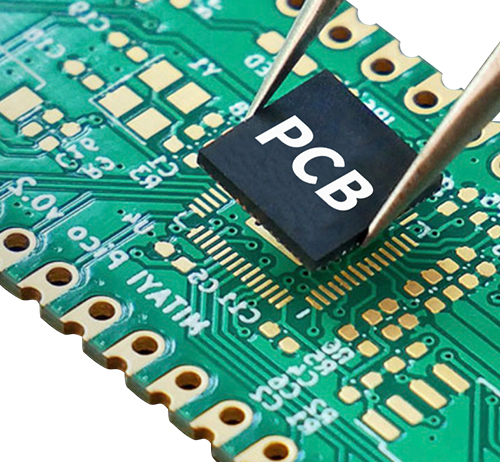Time:2023-04-18 Visit:
1. The hot air is flattened
Coated with melting tin lead welds on the PCB surface and use the process of heating to compress the air leveling (flat), so that it can form a layer of anti -copper oxidation and provide good weldability coating. The hot air is usually a bronze -tin metal compound at the combination of solder and copper, with a thickness of about 1 to 2mil;
2. Organic anti -oxidation (OSP)
On the surface of clean nude copper, a layer of organic skin film is grown by chemical methods. This membrane has anti -oxidation, heat resistance, and humidity resistance to protect the surface of copper in the normal environment and no longer continue to rust (oxidation or vulcanization, etc.); at the same time The welds are quickly removed for welding;

3. Chemical nickel gold
A thick layer of nickel gold alloys with good electrical properties on the copper surface can protect PCB for a long time. Unlike OSP, it can only be used as a anti -rust -resistant partition layer, which can be useful and realized in the long -term use of PCB and achieve good electrical properties. In addition, it also has the patience of the environment that other surface treatment technology does not have;
4. Chemical Shenyin
From OSP and chemical nickel plating/dipping, the craftsmanship is simpler and faster. In the environment of heat, humidity, and pollution, it can still provide good electrical properties and maintain good weldability, but it will lose luster. Because there is no nickel below the silver layer, Shen Yin does not have all good physical strength of chemical nickel plating/dipping gold;
5. Electro -plated gold
The PCB surface conductor is placed on the upper layer of nickel and then placed a layer of gold. Nickel plating is mainly to prevent the diffusion between gold and copper. There are two categories of electroplating nickel -plating: soft gold (pure gold, gold indicates that it does not look bright) and hard gold plating (smooth and hard on the surface, wear -resistant, cobalt and other elements, and the surface looks brighter). Soft gold is mainly used for chip packaging; hard gold is mainly used for electrical interconnection (such as gold fingers).